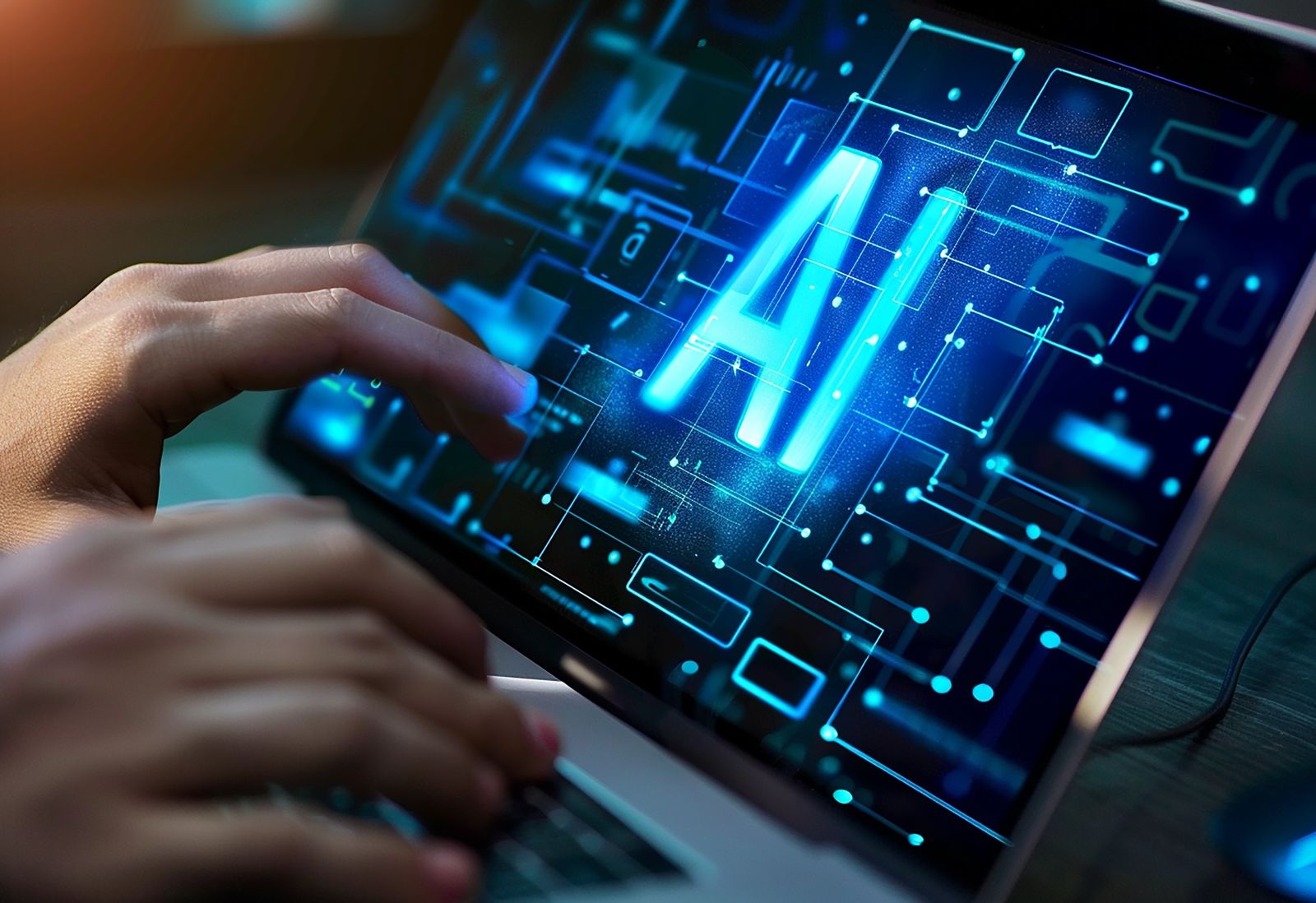The familiar clatter of keyboards and intense focus of programmers hasn't disappeared, but something fundamental is shifting in the developer's world. A new paradigm is emerging, unofficially dubbed "Vibe Coding" or "AI-Driven Development." It's less about meticulously typing every line and more about setting the direction, defining the intent, and collaborating with increasingly sophisticated AI tools to bring software to life. This isn't just automation; it's a transformation of the developer's role and workflow.
What Exactly is Vibe Coding?
Imagine this:
- 1. The Spark: You have an idea - "I need a function that analyzes user sentiment from these support tickets and flags urgent ones."
- 2. The Vibe: Instead of immediately diving into Python or Java, you describe this intent in natural language to your AI pair programmer (like GitHub Copilot, Claude, or an integrated IDE tool).
- 3. The Co-Creation: The AI instantly suggests a code snippet or even a whole function. You review it, tweak the prompt ("make it prioritize tickets containing the word 'outage'"), or directly edit the generated code.
- 4. The Iteration: You test the output, refine the "vibe" (the instructions), ask the AI to explain its logic, generate tests, or suggest optimizations.
- 5. The Orchestration: You, the developer, remain firmly in control – architecting, guiding, reviewing, integrating, and ensuring quality. The AI handles the heavy lifting of boilerplate, common patterns, documentation lookup, and rapid prototyping.
Vibe Coding is characterized by:
- • Intent-First Development: Starting with what needs to be done, not how to code it step-by-step.
- • Natural Language as Interface: Using conversational language to instruct AI assistants.
- • Rapid Prototyping & Exploration: Generating multiple code variations instantly to test different approaches.
- • Continuous AI Collaboration: AI is an active participant throughout the coding, testing, debugging, and documenting lifecycle.
- • Elevated Developer Focus: Freeing developers from repetitive syntax and boilerplate to focus on architecture, complex logic, problem-solving, user experience, and system design.
Why is AI-Driven Development Exploding Now?
Real-World Use Cases: Beyond Hype
The Challenges & Nuances of the Vibe
While exciting, Vibe Coding isn't a magic bullet:
- 1. The "Garbage In, Garbage Out" Principle: Vague or incorrect prompts lead to flawed code. Clear communication is paramount.
- 2. Critical Review is Essential: AI can hallucinate, introduce subtle bugs, or suggest insecure patterns. Human oversight and rigorous testing are non-negotiable.
- 3. Over-Reliance Risk: Developers must maintain deep understanding. Relying solely on AI without foundational knowledge is dangerous.
- 4.Security & Bias: AI models can inherit biases or suggest vulnerable code. Security awareness is crucial.
- 5. The Evolving Skill Set: Developers need "prompt engineering" skills – the ability to effectively communicate intent and constraints to the AI
The Future Developer: Conductor of the Code
Vibe Coding signals a profound shift. The developer of the future is less a solitary coder and more a conductor or conductor:
- • Master of Intent: Expertly defining problems and desired outcomes.
- • AI Whisperer: Skilled in crafting effective prompts and guiding AI tools
- • Critical Evaluator: Possessing deep enough knowledge to rigorously assess AI output.
- • Architect & Integrator: Focusing on system design, component interaction, and overall quality.
- • Creative Problem Solver: Tackling higher-level challenges AI can't solve alone.
The rise of Vibe Coding is undeniable. Developers who embrace this collaborative, intent-driven approach, mastering the art of guiding AI, will be at the forefront of building the next generation of software. The keyboard isn't going away, but the way we use it is changing – it's becoming the tool we use to set the vibe. Are you ready to vibe with the future?


